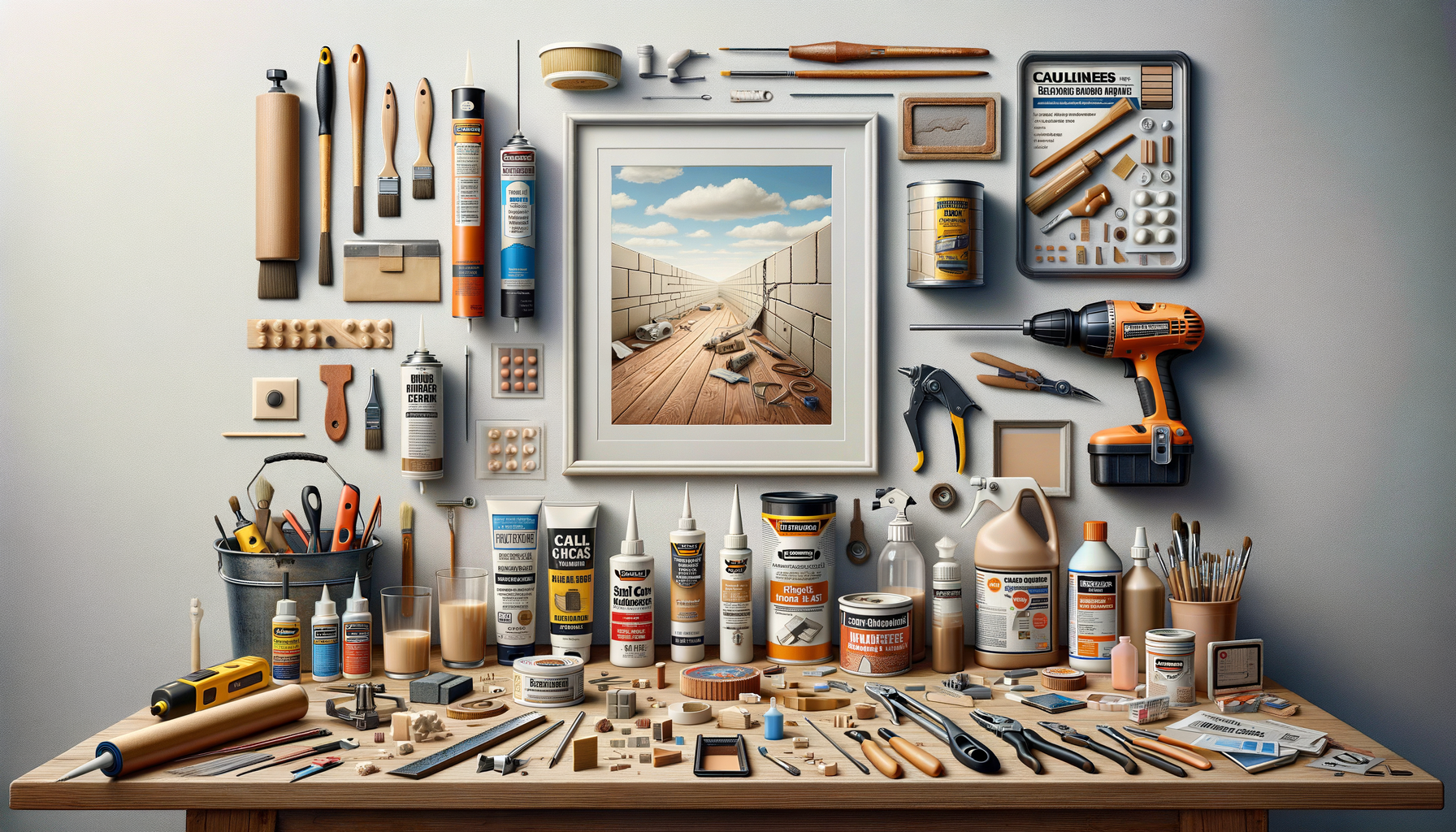Understanding Wall Cracks: Types and Causes
Before diving into repair methods, it’s crucial to understand the types and causes of wall cracks. Wall cracks can appear for various reasons, including structural issues, natural settling of the building, or environmental changes. Identifying the type of crack is essential as it influences the repair method you should choose.
Common types of cracks include:
- Hairline Cracks: These are minor and often result from surface shrinkage. They are generally not a structural concern but can affect the aesthetic appeal of your walls.
- Settlement Cracks: These occur as the building settles over time. They can be vertical or diagonal and might need more attention if they widen over time.
- Structural Cracks: Usually wider than settlement cracks, these can indicate serious issues with the building’s foundation or structural integrity and may require professional assessment.
Understanding the cause of the crack will help in selecting the appropriate repair method and prevent future issues. Always ensure that the underlying cause is addressed to avoid recurring problems.
Choosing the Right Wall Filler Material
Once you’ve identified the type of crack, the next step is choosing the right wall filler material. The choice of material depends on the size and type of the crack as well as the wall’s material. Here are some common options:
- Spackling Paste: Ideal for small, hairline cracks, spackling paste is easy to apply and sand down. It’s a quick fix for minor imperfections.
- Joint Compound: Used for larger cracks and drywall repairs, joint compound provides a smooth finish and can be painted over easily.
- Polyurethane Foam: Suitable for larger gaps, this expanding foam fills voids effectively and provides insulation benefits.
- Epoxy Filler: Known for its strength, epoxy filler is excellent for structural repairs but requires careful application.
Choosing the right filler ensures a long-lasting repair and maintains the wall’s appearance. Always follow the manufacturer’s instructions for the best results.
Method 1: Using Spackling Paste for Hairline Cracks
Spackling paste is a popular choice for repairing hairline cracks due to its ease of use and effectiveness. Here’s how you can apply it:
- Clean the area around the crack to remove any dust or debris.
- Use a putty knife to apply a small amount of spackling paste over the crack. Ensure it’s spread evenly.
- Allow the paste to dry completely. This may take a few hours, depending on the product.
- Once dry, sand the area lightly to achieve a smooth finish.
- Paint over the repaired area to match the rest of the wall.
This method is perfect for minor cracks and can be completed in a single afternoon. It’s an affordable solution that doesn’t require specialized tools or skills.
Method 2: Repairing Larger Cracks with Joint Compound
For larger cracks, joint compound offers a reliable solution. This method is slightly more involved but still manageable for most DIY enthusiasts:
- Prepare the crack by widening it slightly with a utility knife. This helps the compound adhere better.
- Apply a layer of joint compound using a putty knife, pushing it into the crack.
- Cover the compound with a piece of drywall tape for added strength.
- Apply a second layer of joint compound over the tape, feathering the edges to blend with the wall.
- Once dry, sand the area until smooth and paint as needed.
Joint compound repairs are durable and provide a seamless finish, making them a great choice for more significant damage.
Preventing Future Wall Cracks: Tips and Tricks
After repairing your wall cracks, it’s important to take steps to prevent future occurrences. Here are some tips to keep your walls in top condition:
- Monitor Humidity Levels: Fluctuations in humidity can cause materials to expand and contract, leading to cracks. Use a dehumidifier if necessary to maintain consistent levels.
- Regular Maintenance: Check for signs of water damage or leaks that could weaken the wall structure.
- Address Structural Issues: If cracks persist or worsen, consult with a professional to assess potential structural problems.
By following these tips, you can extend the life of your repairs and maintain the aesthetic appeal of your home.








